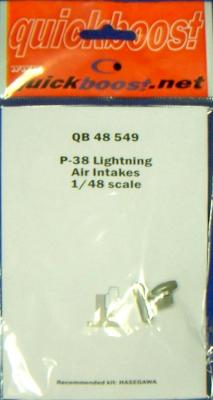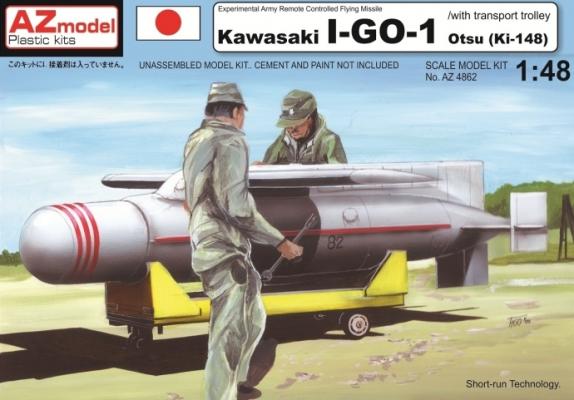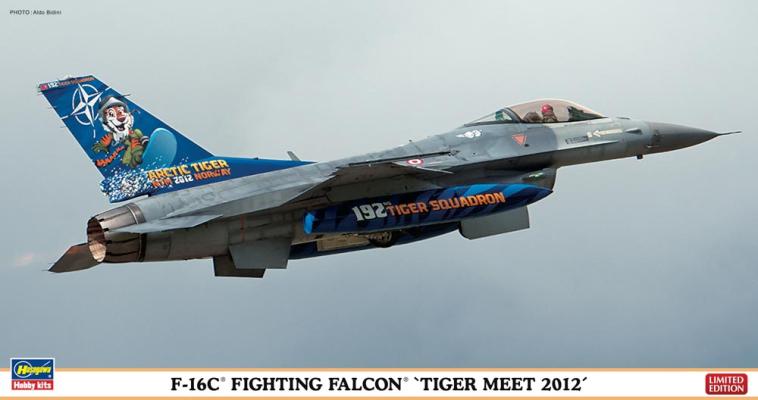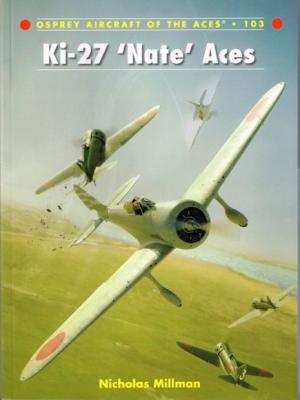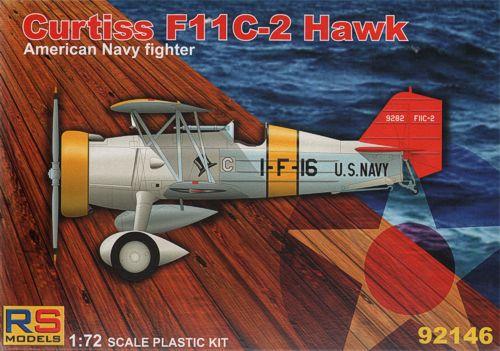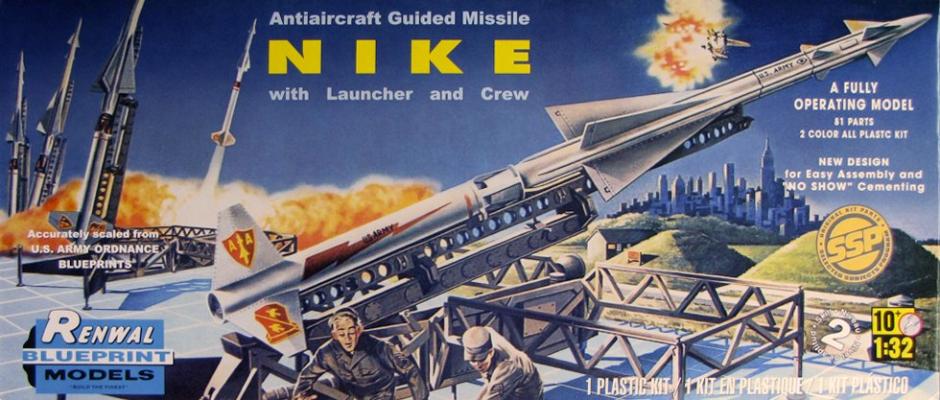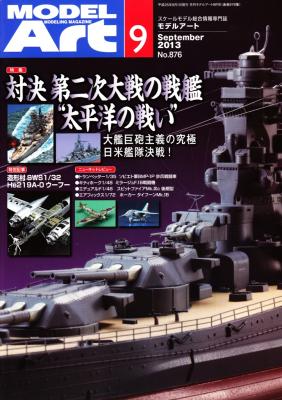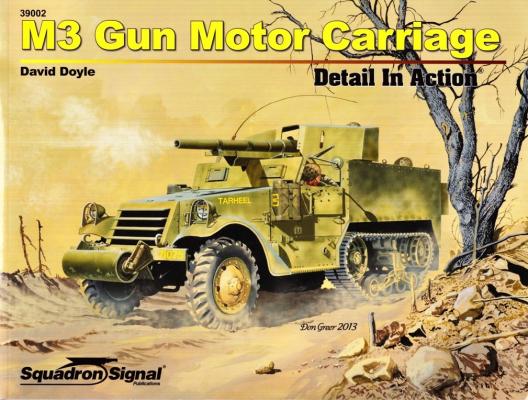The Product
My sample arrived packaged in the familiar orange-topped poly sleeve with the typical card insert. After close inspection of the parts, I found them to be perfect. These little beauties are just what the doctor ordered. They’re a drop-in replacement for the kit parts. They were easily detached from the pour block and cleaned up with a few swipes from my trusty sanding stick. How easy is that?
The Bottom Line
I recommend these babies to anyone wanting to enhance his P-38 build. Thanks to Quickboost and IPMS/USA for the opportunity to review these nice little castings.

